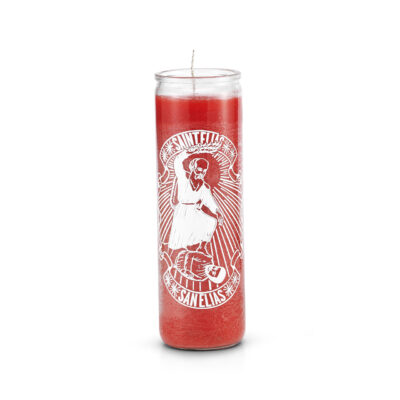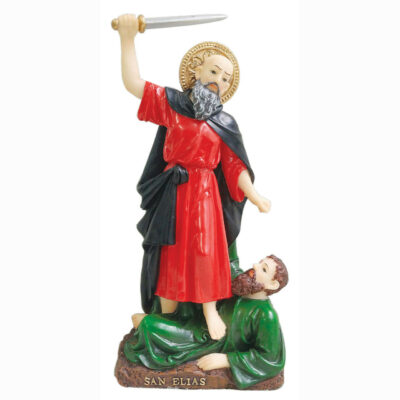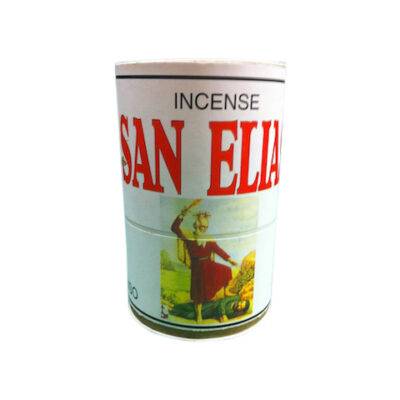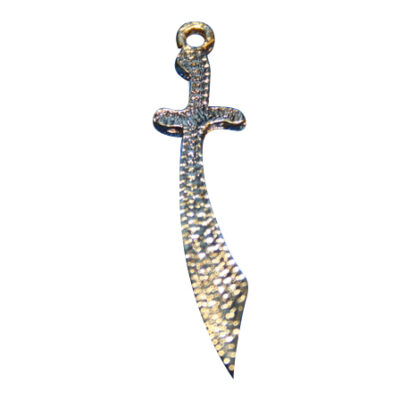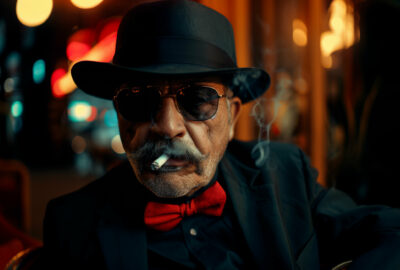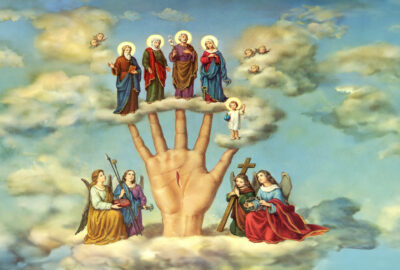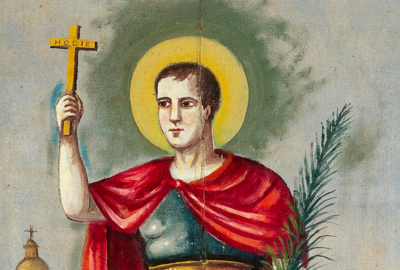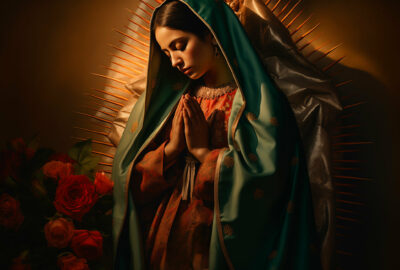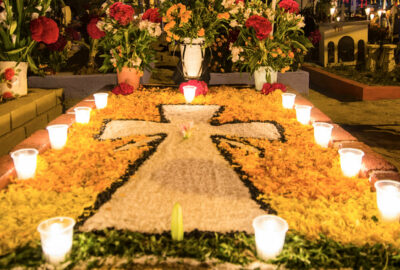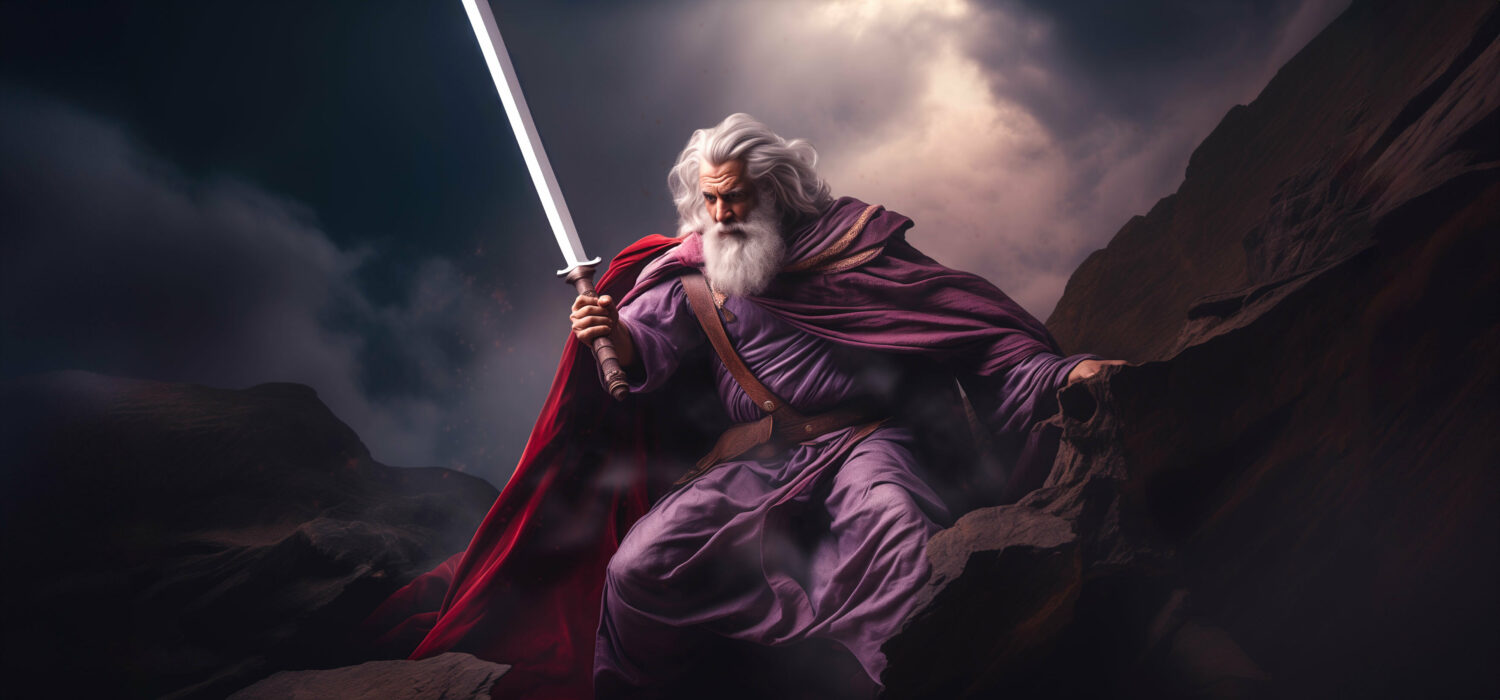
Saint Elias the Prophet: Bringer of Justice
Almost everyone experiences injustice at some time or another. It might be a legal injustice, through the court system, or just from an unfair situation in life. It is not uncommon to find spells and rituals to help combat injustice and right wrongs. Many Catholics ask Saint Elias, also known as the Prophet Elijah, for help with unfair situations and putting an end to wrongdoing. Even if you are not Catholic, you can request his help to put things right again.
Who Was Saint Elias the Prophet?
Saint Elias, also known as Elijah, was a man of profound spiritual depth and divine zeal, whose life was marked by extraordinary events and miracles. Born into a time of great turmoil within the Kingdom of Israel, which was divided into ten tribes and led by King Ahab under the influence of his wife Jezebel, Elias stood as a beacon of faith. Jezebel, devoted to the worship of Ba'al, led the people away from God, prompting Elias to intervene divinely.
From the moment of his birth, marked by a vision of angels that foretold his destiny, Elias was destined for greatness. His life was a testament to the power of unwavering faith in God, as he faced the apostasy of Israel with courage and a heart full of prayer. His prayers brought about a drought lasting three years and six months as a divine reprimand, only to be ended by his plea for rain, showcasing his profound connection with God.
Elias's miracles extended beyond controlling the weather; he was a protector of the innocent and a provider for those in need. His miraculous acts, such as resurrecting a widow's son and ensuring her jar of flour and jug of oil never emptied, were symbols of hope and faith. Unlike many, his prayers were selfless, focused solely on the welfare of others and the restoration of righteousness.
Saint Elias's legacy is one of unwavering faith, divine miracles, and the power of prayer. He remains a revered figure, not only for his historical and biblical significance but also for his embodiment of the fight against injustice and his role as a spiritual guide for those in times of need.
The Symbolism and Iconography of Saint Elias
In the realm of religious art, the iconography and symbols associated with Saint Elias are rich with meaning and history. Saint Elias is often depicted as a venerable figure, with a white beard, symbolizing his wisdom and divine inspiration. This portrayal is not merely for aesthetics; it serves to underscore his role as a messenger of God, guiding and admonishing the people of his time.
Saint Elias's Sword: A Symbol of Divine Justice
Another profound symbol associated with Saint Elias is his sword. This emblem is not just a representation of physical strength but also a symbol of spiritual authority and divine justice. Saint Elias, known for his fiery soul and zeal for God's will, wielded his sword in a literal and metaphorical battle against idolatry and injustice. The sword signifies his role as a defender of faith and a warrior against falsehood.
The act of Elias using his sword to challenge and defeat the false prophets of Baal is a pivotal moment that highlights his commitment to upholding divine truth. This narrative showcases the sword as a tool of divine intervention, used to execute judgment and restore righteousness. The symbolism of the sword extends to the idea of cutting through deception and illuminating the path of truth for the faithful.
Saint Elias's sword reminds believers of the need for spiritual vigilance and the importance of standing firm in their convictions. It embodies the principle that true faith sometimes requires action and sacrifice, echoing the call to fight against spiritual decay and to remain loyal to divine commandments.
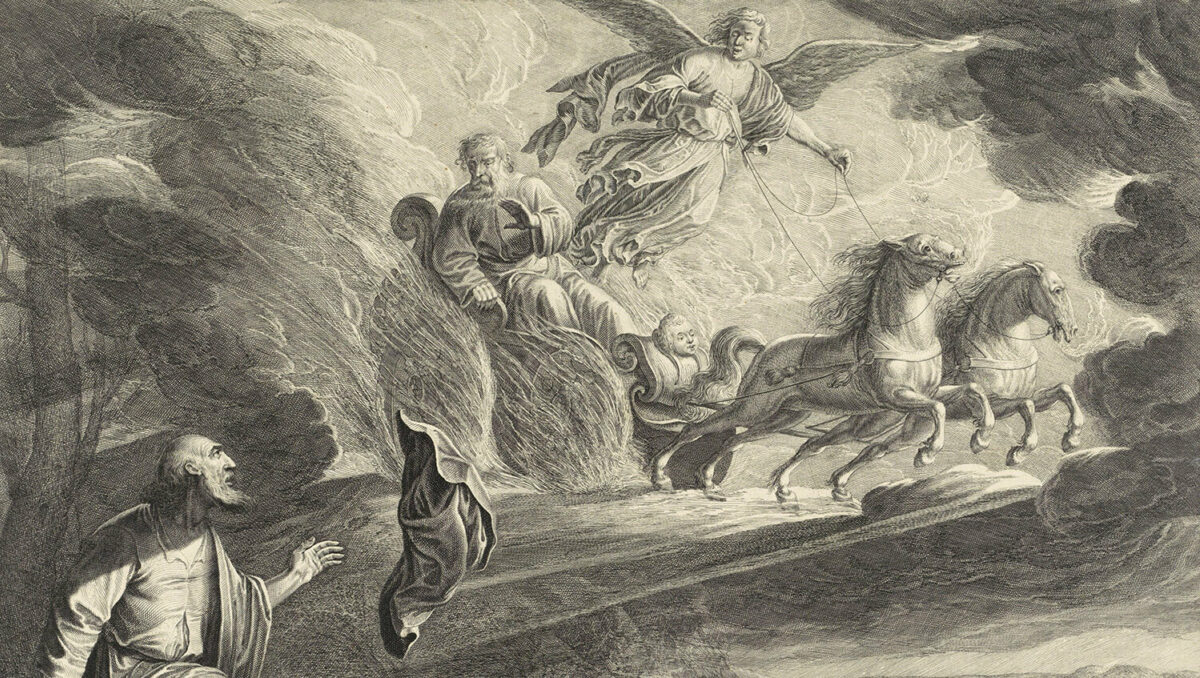
Elias's ascent to heaven without experiencing death symbolizes his transcendence over the mortal condition and his entrance into eternal life.
The Fiery Chariot of Saint Elias
The fiery chariot of Saint Elias represents one of the most vivid and spiritually significant motifs in religious iconography. This extraordinary event, where Elias is transported to heaven in a whirlwind aboard a chariot of fire, underscores his special role and favor with the divine. It is a unique occurrence that highlights the prophet's exceptional piety, zeal for God, and the divine approval of his earthly ministry.
Elias's ascent to heaven without experiencing death symbolizes his transcendence over the mortal condition and his entrance into eternal life. This act is often interpreted as a reward for his unwavering faith, his confrontation against idolatry, and his efforts to bring the people of Israel back to the worship of the true God. The fiery chariot, therefore, is not just a means of transportation but a symbol of divine power, purification, and the ultimate victory of faith over worldly constraints.
Celebrated across various religious traditions, the ascension of Elias serves as an inspiration for believers, encouraging them to live a life of righteousness, devotion, and adherence to God's will. It is a reminder that divine favor rests upon those who, like Elias, demonstrate a fiery zeal for upholding the truth and righteousness. This miraculous event is a testament to God's omnipotence and His ability to exalt His faithful servants to the highest honors.
The relevance of Saint Elias's iconography extends beyond the visual representation. It encapsulates themes of divine intervention, the power of faith, and the idea of being chosen by God for a sacred purpose. Through these symbols, believers are reminded of the possibility of divine grace and the importance of living a life under divine will. For those studying or reflecting upon religious art, the iconography of Saint Elias offers a gateway into understanding the profound narratives and teachings that form the foundation of faith.
Baron del Cementerio and St. Elias
Baron Del Cementerio, also known as Baron of the Cemetery, is venerated within the practices of Voodoo, particularly in its expressions in the Dominican Republic and related to Dominican Vodou. This figure is syncretized with the Catholic Saint Elias and is recognized for his association with death, resurrection, and the spirit world. In the context of Dominican Vodou, Baron Del Cementerio plays a crucial role in allowing passage from the spiritual to the physical worlds, embodying the attributes of death and transition, yet also being acknowledged for aspects of protection and guidance.
This connection speaks to a universal understanding of spiritual guardianship and intercession. Both figures are seen as powerful intercessors who can navigate the complexities of the spiritual and physical worlds. The first male grave, regarded as a shrine to The Baron, symbolizes a place of potent spiritual energy and a point of contact for those seeking guidance or protection.
Through this lens, The Baron and Saint Elias represent the spiritual journey's duality—life's transient nature and the eternal spirit's continuity. Their syncretization is a testament to the shared human desire for understanding and interacting with the mystical aspects of existence, emphasizing the universal themes of protection, provision, and the miraculous.
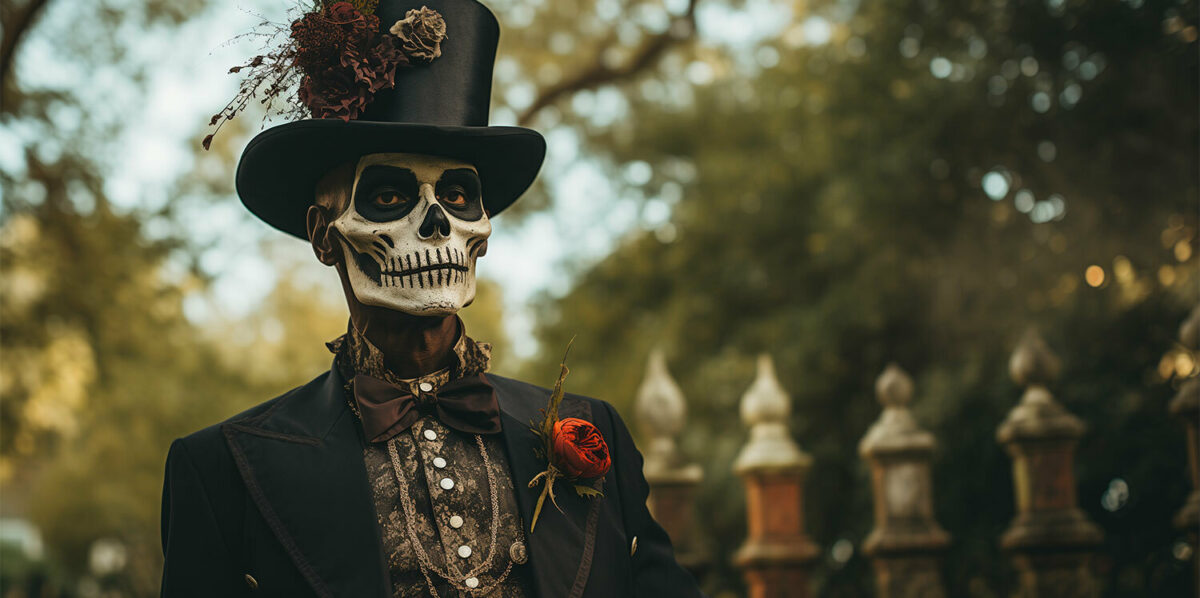
The Voodoo figure of Baron del Cementerio is syncretized with Saint Elias and is recognized for his association with death, resurrection, and the spirit world.
Celebrating St. Elias On His Feast Day and Beyond
Saint Elias is a figure of immense spiritual significance, revered for his unwavering faith and miraculous acts. Worshipers turn to St. Elias for his intercession, seeking guidance, protection, and support in times of need. His story of courage, direct communication with God, and acts of miracles make him a powerful patron in the eyes of the faithful.
People petition St. Elias for his help in bringing rain during droughts, reminiscent of his biblical feat of praying to God to withhold and then send rain to the land of Israel. He is also prayed to for his strength against injustice and his ability to perform miracles, providing hope and faith to those in difficult situations.
St. Elias's feast day, celebrated on July 20th, is a time of joy and reverence. This day marks a special occasion in many Christian traditions, especially within the Greek Orthodox Church, where it is commemorated with prayers, services, and sometimes even communal meals or "brotherly meals" as part of the celebration. The feast day not only honors his life and works but also serves as a reminder of the power of prayer and the divine intervention that St. Elias symbolizes.
Seeking Justice With Saint Elias
In the pursuit of justice and the righting of wrongs, many turn to the spiritual intercession of Saint Elias, a figure renowned for his role as the bringer of justice and the righter of wrongs. This section delves into three distinct rituals dedicated to Saint Elias, each designed to invoke his powerful aid in the face of injustice. Through these rituals, individuals seek to harness Saint Elias's zealous spirit, petitioning for his divine intervention to restore balance, provide relief, and guide the way towards righteousness.
Petitioning St. Elias to End Wrongdoing
If someone has wronged you and you want things to be put right, you can create a space for Saint Elias. Place an image of him, whether it is a St. Elias Statue or a St. Elias Prayer Card, in a place of honor in your home. In front of this, place a 7 Day San Elias Candle dressed with some San Elias Oil. Every day, for seven days, light the candle. Sit peacefully in front of it, and request Saint Elias' help. You can speak directly from the heart, or pray...
Saint Elias, zealous, fiery man,
Your prayers pleased God so that he stopped the rain.
You were not frightened of an earthly King or Queen.
I ask you, Saint Elias. Help me right the wrongs that have been done against me.
Correct the injustices, that I might be free to care for my body and soul.
Amen.
Right the Wrongs Around You
Sometimes, people around you are the ones who perpetuate harm or injustice against you. In that case, it is important to cleanse your space of their influence. Use Saint Elias Bath & Foor Wash to mop your floors from back to front, as you ask the saint for help. When you are through, light some Saint Elias Incense Powder and carry it through your home. As you walk, say...
Saint Elias, I ask for your help in righting the wrongs done against me and my loved ones.
Fiery Saint Elias, please work to end the injustice against me.
Correcting Legal Injustice with Saint Elias
There may be times when you have to walk into an unjust situation. Whether it is in a courtroom, at work, or elsewhere, you can carry some of Saint Elias' protection with you.
First, bathe using Saint Elias Bath & Floor Wash in fresh, clean water. Relax as much as you can, and envision yourself surrounded by the fiery protection of the saint. When you are through, step out of the tub, and allow yourself to air dry. Next, dress yourself with some Saint Elias Sachet Powder or St. Elias Perfume. While you do this, picture yourself putting on a suit of armor that deflects any harm sent your way. Say...
Zealous Saint Elias, there are those who wish to do me wrong.
I ask that you use the power of your prayer to ensure that justice is served,
for my good and the good of all.
Amen.
Put on a Saint Elias Medal or Saint Elias Sword Charm, and walk into the situation with your head held high, knowing you are protected.
Whether you are the victim of injustice at the hands of the law, a boss, or even someone in your social circle, you can ask for spiritual help. Saint Elias is the righter of wrongs and bringer of justice, and petitioning him for aid can help get you the relief you need.



